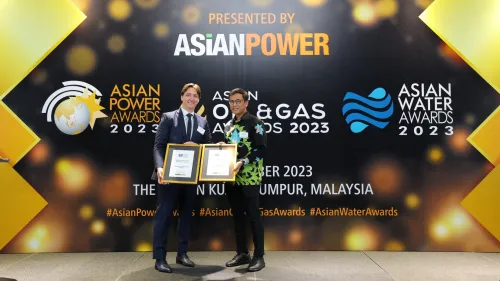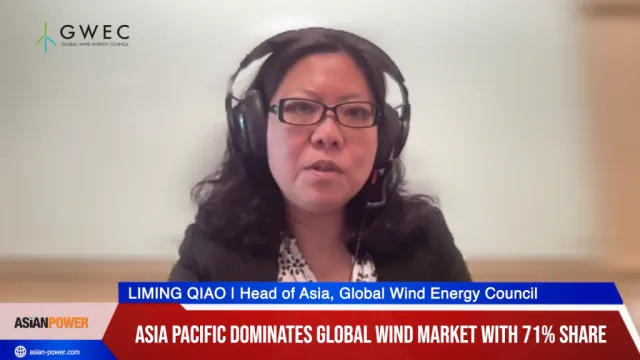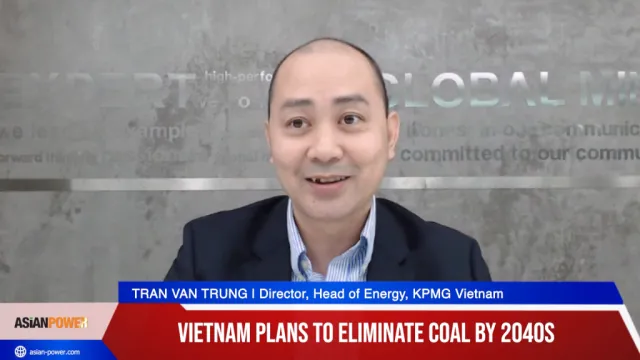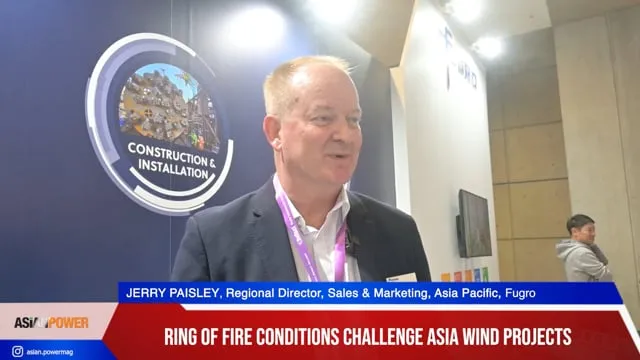
T&D tariff for Shenzhen grid reform trail dips 8% to RMB 0.1435/kWh
This could benefit IPPs long-term.
China's National Development and Reform Commission recently announced the transmission and distribution (T&D) tariff for the Shenzhen grid reform trail.
According to a research note from Barclays, the average T&D tariff for 2015 is RMB 0.1435/kWh, which is RMB 0.0123/kWh lower than the rate in 2014 or 8% lower y/y.
The key change with the reforms is that the T&D company is being used as a regulated utility with a return on assets plus reasonable profit with some incentives for improvement.
For instance, transmission losses are pegged at 4.1% with better performance on that front accruing to the profits of the T&D company.
This is in contrast with the current system in which the grid buys power from the generators at an on-grid tariff and sells it to industrial and residential customers at fixed prices.
Here's more from Barclays:
Less of the end customer power price is likely to be retained by the grid in future: The grid retains c.47% of the average price for electricity paid by the typical industrial end-customer in China (consumption for industrial use is more than 75% of the power consumption in China). That is very high by global standards and will come down when the trial reform is rolled out over the rest of the country, in our view.
Limited impact on IPPs in the short term but could be positive longer term (depending on the local power supply-demand balance): The grid reform is currently being limited to Shenzhen effective January 2015 (Western Inner Mongolia has been selected as the second trial site for regulated T&D tariffs by the NDRC but no dates have been announced yet). How of the reduction in the T&D tariff will be captured by the IPPs (and how much by end customers) will depend on the supply-demand situation in the local region. IPPs will also have the opportunity to get into the distribution business and build vertically integrated power supplier models in the long term.
High cost Chinese aluminium producers could be potential beneficiaries of grid reform: Aluminium is one of the biggest consumers of electricity in China (accounts for c.7% of power consumption in the country on our calculations) and power is c.40% of cost of production of the metal. Some of the Chinese aluminium produces are among the highest cost in the world and a reduction in grid charges would dramatically improve their position in the cost curve, in our view.


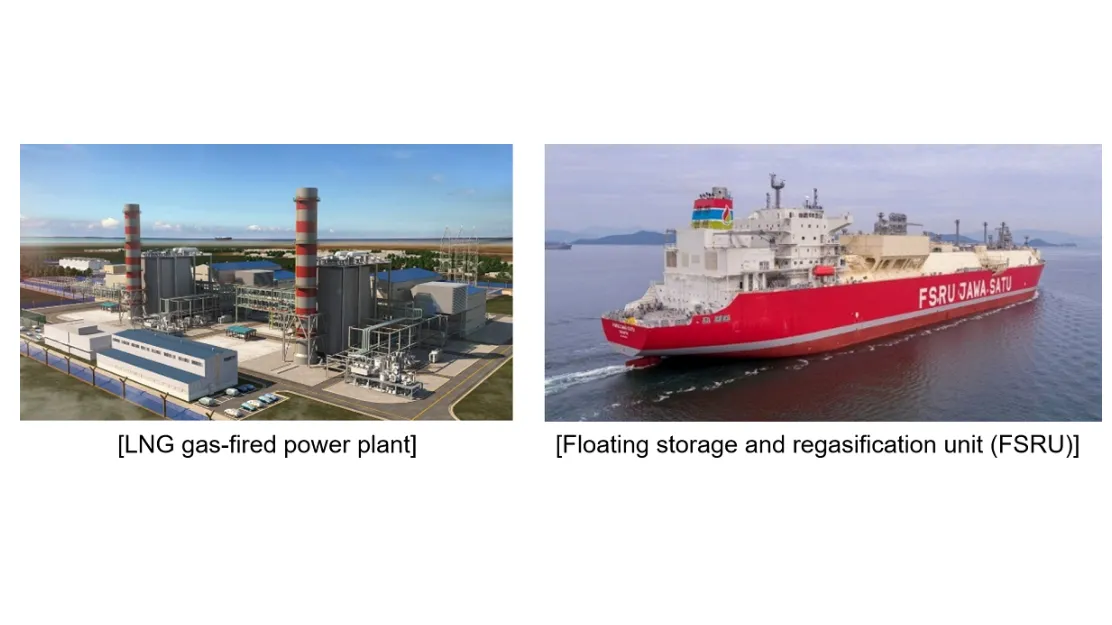
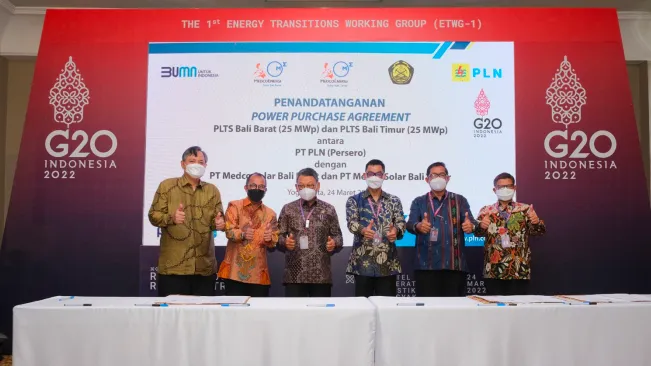





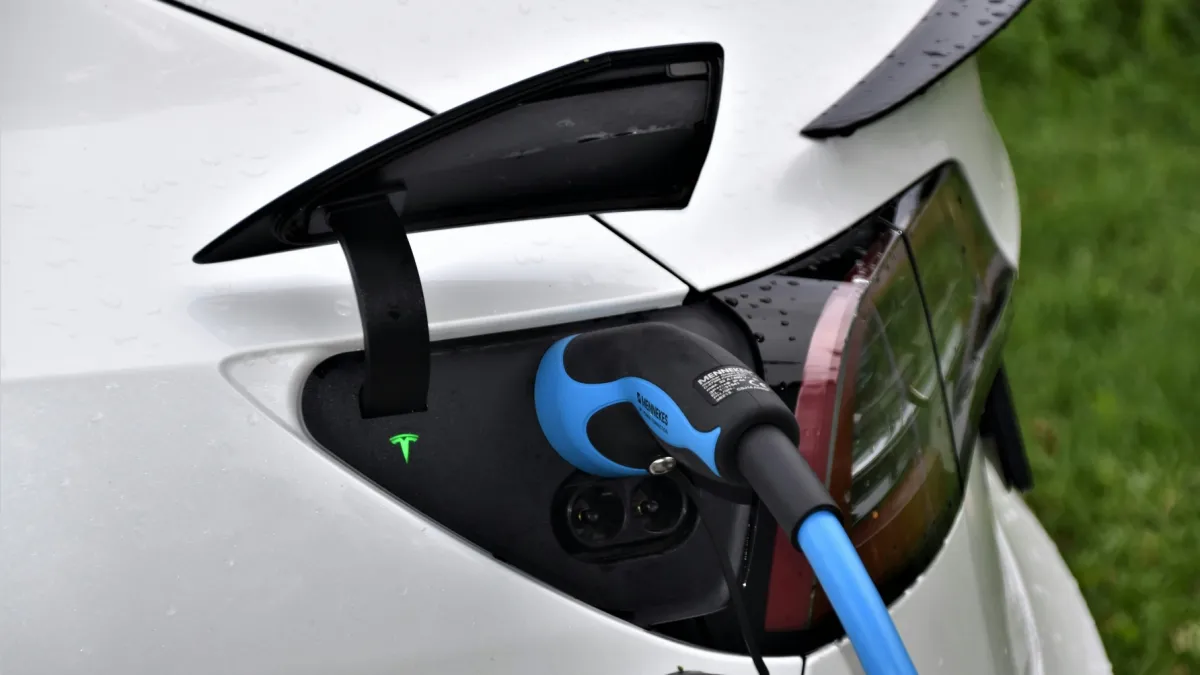



 Advertise
Advertise
